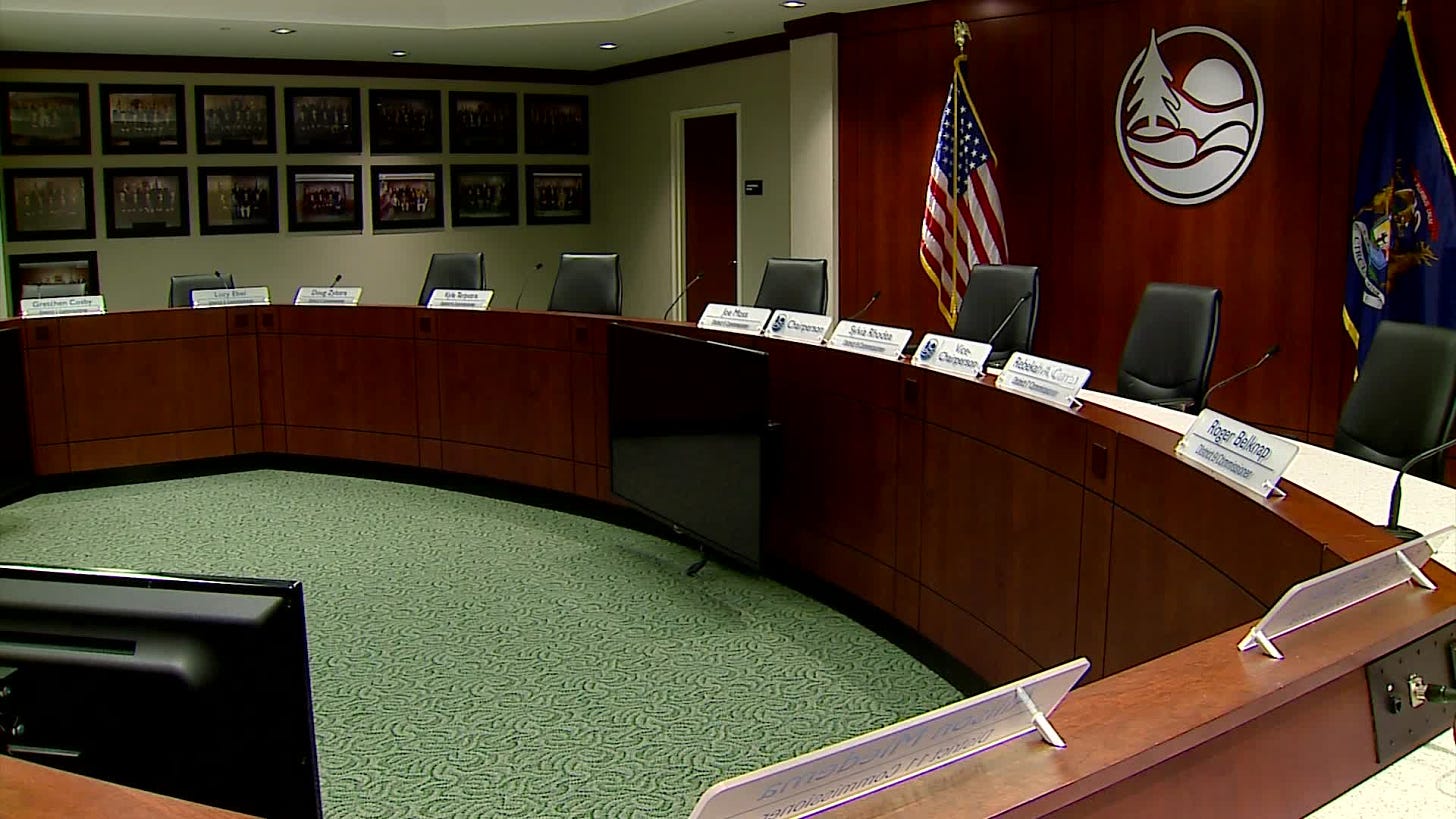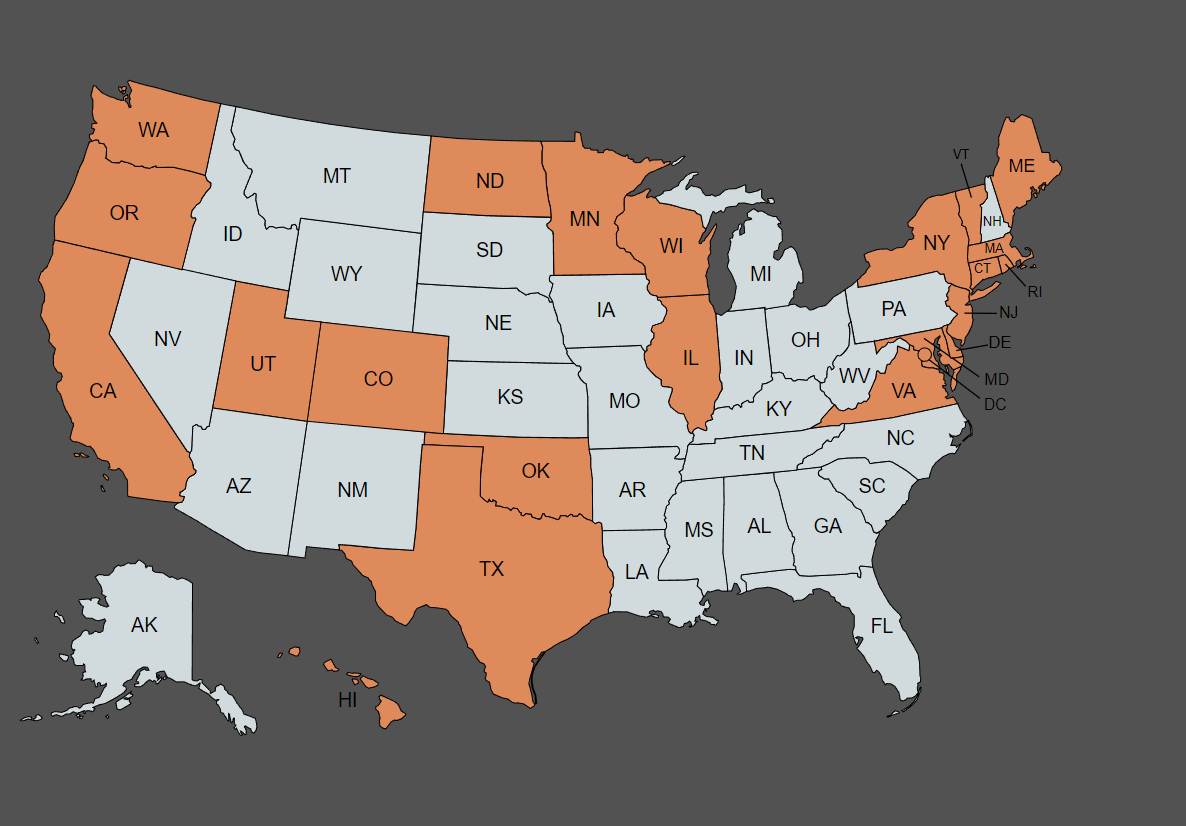Local Government Policy Options to Prevent Demographic Change
What can counties and municipalities do?
Of the three levels of American government the most numerous type, local governments, are “closest to the people,” a concept which James Madison argued was crucial to an effective system of governance in Federalist No. 45. The villages, towns, townships, and counties of the United States are powerful tools which can, when unhindered by outside interference, be used to protect their residents, school systems and localities from predatory policies by state and more often Federal authorities. This authority is not unfettered, though, and is often subject to curtailment by the courts and state governments.
Americans must utilize all tools at their disposal and so in this piece we are going to suggest a range of policy options which local governments can utilize to attempt and stem the tides of demographic change currently sweeping over the United States.
1. Mandate E-Verify Locally
While many states outside of the South, Arizona, and Utah do not require private employers to utilize E-Verify to check the legal status of employees, there is no rule (in most states) against local governments doing so. Ordinances exist in three Michigan counties requiring the county as well as any business who interacts with the county to utilize the E-verify system.
County and municiple governments across the nation should begin experimenting with ordinances requiring public and private employers within their boundaries to utilize E-Verify. If a ruling comes down which restricts these powers county and local governments should then require any employer who interacts with the local government on any level (which is most!) to utilize the system, achieving the same affect.
One major exception to this policy option would be any local government in the State of California, where the state government has already banned counties and municipalities, among of types of local government, from mandating the use of E-Verify for private employers.
2. Rent and Housing Restrictions
A key way to prevent demographic change is to limit the opportunities for outside groups to relocate to a community. Americans have been increasingly creative with ways to prevent local demographic change since the Civil Rights Act and other legislation effectively banned freedom of association among community members, and unfortunately states continue to restrict communities’ rights to decide who lives among them.
In 2022 a Texas town, Providence Village, banned residents who receive Section 8 Housing Vouchers from residing within their community. Knowing that 65% of Section 8 recipients are minorities the town was taking effective measures to prevent the character and demographics of their community from changing. The town was able to do this because the vast bulk of its jurisdiction is covered by a homeowner’s association (HOA) which passed a bylaw to ban Section 8 and other vouchers. In response to this change, though, the Texas state government stepped in and banned HOAs from passing these laws in future, once again stripping once homogeneous communities of the ability to decide who lives among them.
Options still remain, though. Even in states where Section 8 and other public vouchers are protected by law local governments can take action to prevent demographic change. In Connecticut (and other states) towns and cities which have housing authorities regularly pass ordinances that restrict public housing and voucher programs to persons who are already resident in the community and effectively prevent newcomers from seeking out subsidized housing in the locality. All forms of local government should look into the creation of housing authorities in order to achieve the same effect.
Another option can be taken from Fremont, Nebraska where the town passed an ordinance banning illegal aliens from residing in the town by requiring all renters to apply for an occupancy license from the city. There have been technical issues with this new policy, but like all experimental policies working out the finer points will take time.
Yet another opportunity is in the technical language and bureaucratic realm. Landlords in Maine are able to refuse to accept housing vouchers on the basis of form layouts and lease form concerns. Towns and localities could pass laws requiring that the forms to be utilized within their borders include these technicalities, thereby preventing outside renters on subsidy programs from moving to the area.
3. Restrict School Enrollment
While the Supreme Court ruled in Plyler v. Doe (1982) that states were constitutionally obligated to provide funding for illegal immigrant children to attend schools, this has not stopped some local governments from becoming quite creative in attempts to prevent illegal enrollment.
A fantastic policy is to require that those enrolling in a district are residents of that district and to provide proof of legal residency. Even in states with school of choice programs, such as Michigan, school districts are still able to request proof of residency documents for their enrollment processes.
Once again, however, some states have moved to block local communities from exercising control over their institutions. The State of New York took action against 20 school districts in 2015 which required that students provide Social Security cards in order to enroll. But while this practice may be banned in the State of New York it remains viable in dozens of other states and local governments should experiment within the range of policy options available to them.
Americans must continue to be creative in order to protect their communities until a national movement can begin making changes at the state and Federal level.
Support White-Papers:
Zelle: whitepapersinstitute@protonmail.com
Linktree: https://linktr.ee/wppi
Snail Mail: White Papers Policy, PO Box 192, Hancock, MD 21750





